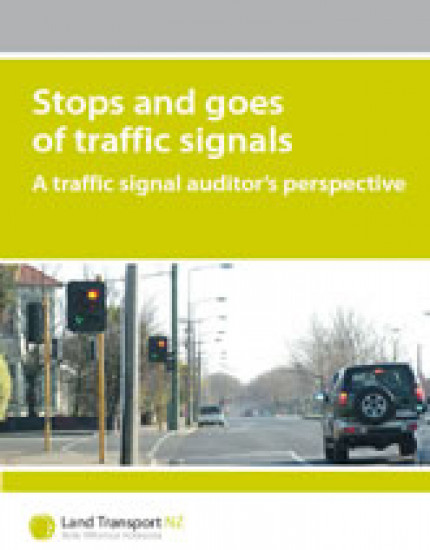
While the audit process reviews the existing installations, it does not cover any new installations or major upgrades of existing sites. Therefore, Land Transport NZ and SNUG have been promoting a parallel process of traffic signal peer reviews to ensure best engineering practice is used at every new installation or major intersection upgrade. This recommendation recognises that traffic signal design is a highly specialised discipline of traffic engineering, and that there are few engineers in New Zealand with the appropriate in-depth knowledge and experience.
It should be stressed that a traffic signal peer review is not covered by the road safety audit procedures for projects (Transfund, 2004). Traffic signal peer review covers both safety and efficiency, and should be undertaken by a competent signals engineer.
It is recommended that RCAs add the requirement for a traffic signal peer review to the Austroads Part 7 (2003) design process flow chart (table 1.1).
The set-up of the SCATS software used for operating traffic signals is a specialised discipline. It is recommended that suitably qualified engineers should be engaged periodically to review the set-up of SCATS networked traffic signals.
Another specialised field is the programming of the traffic signal controllers. RCAs should ensure that a suitably qualified and experienced engineer is employed for this task.
Please contact any SNUG committee member for a list of suitably qualified and experienced engineers. Contact details for SNUG committee members can be found on www.ipenz.org.nz/snug/(external link).